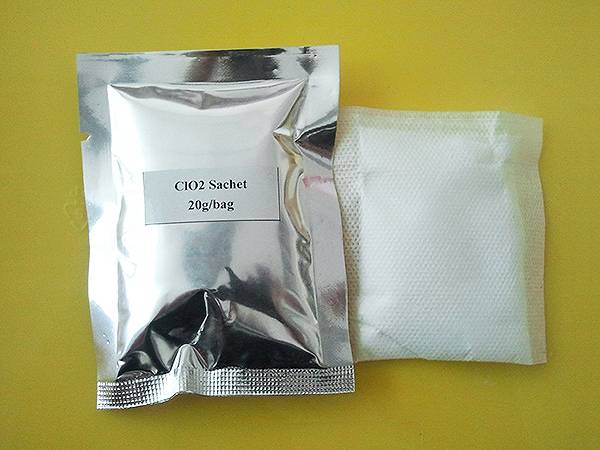



sodium hydroxide treatment
Sodium Hydroxide Treatment A Comprehensive Overview
Sodium hydroxide, commonly known as lye or caustic soda, is a powerful alkaline compound extensively used across various industries. Its effectiveness as a cleaning agent, pH regulator, and chemical reactant makes it a vital component in the treatment processes of different materials, particularly in the field of wastewater treatment, pulp and paper manufacturing, and food processing. This article delves into the applications, benefits, and safety considerations of sodium hydroxide treatment.
Applications of Sodium Hydroxide Treatment
1. Wastewater Treatment Sodium hydroxide is a key player in wastewater management. It is employed to neutralize acidic effluents, thus raising the pH of wastewater to a more environmentally acceptable level. This treatment is crucial for preventing corrosion in pipes and other infrastructure during the disposal process. Furthermore, it helps in the precipitation of heavy metals from the water, which can be toxic to aquatic life and humans.
2. Pulp and Paper Industry In the pulp and paper industry, sodium hydroxide is utilized for its kraft process, which transforms wood chips into pulp. The compound effectively delignifies the wood, breaking down lignin that binds cellulose fibers together. This process results in a more robust pulp that is suitable for paper production. Additionally, sodium hydroxide helps in the bleaching process, making the final product whiter and brighter.
3. Food Industry Sodium hydroxide is used in the food industry for food processing, particularly in the preparation of olives and pretzels. In the case of olives, it is employed to remove bitterness, making them palatable for consumers. For pretzels, sodium hydroxide is used to create the distinctive texture and flavor associated with them. Furthermore, it is involved in the cleaning of food processing equipment, ensuring hygiene and safety.
Benefits of Sodium Hydroxide Treatment
sodium hydroxide treatment

The advantages of utilizing sodium hydroxide in various treatment processes are numerous. Its ability to quickly neutralize acidic solutions makes it an efficient choice for wastewater treatment, enabling facilities to meet regulatory standards and protect the environment. In the pulp and paper industry, its effectiveness in breaking down lignin translates to improved yield and reduced processing time, ultimately leading to cost savings for manufacturers.
In the food sector, sodium hydroxide's role in enhancing food quality cannot be overstated. By improving flavors and textures, it helps in producing consumer-friendly products that contribute to profitability for food manufacturers. Furthermore, its application as a cleaning agent ensures compliance with health and safety regulations, safeguarding public health.
Safety Considerations
Despite its many applications and benefits, sodium hydroxide is a highly caustic substance that poses several safety hazards. Proper handling and storage are crucial to preventing accidents and injuries. Individuals working with sodium hydroxide must wear appropriate personal protective equipment (PPE), including gloves, goggles, and chemical-resistant clothing. In case of skin contact or inhalation, it is vital to rinse the affected area thoroughly with water and seek medical attention if necessary.
Moreover, it is important to note that sodium hydroxide can produce hazardous fumes when mixed with water or acids. Therefore, mixing should always be conducted with caution, ideally in a well-ventilated area or under a fume hood. Training and adherence to safety protocols are essential for anyone involved in operations that require sodium hydroxide.
Conclusion
Sodium hydroxide treatment is an integral part of numerous industrial processes, offering effective solutions for wastewater treatment, pulp and paper production, and food processing. While its benefits are substantial, attention must be paid to safety practices to mitigate risks associated with its caustic nature. As industries continue to innovate and seek sustainable methods of operation, the role of sodium hydroxide and its treatment applications will undoubtedly remain significant in the years to come.
-
Why Sodium Persulfate Is Everywhere NowNewsJul.07,2025
-
Why Polyacrylamide Is in High DemandNewsJul.07,2025
-
Understanding Paint Chemicals and Their ApplicationsNewsJul.07,2025
-
Smart Use Of Mining ChemicalsNewsJul.07,2025
-
Practical Uses of Potassium MonopersulfateNewsJul.07,2025
-
Agrochemicals In Real FarmingNewsJul.07,2025
-
Sodium Chlorite Hot UsesNewsJul.01,2025










